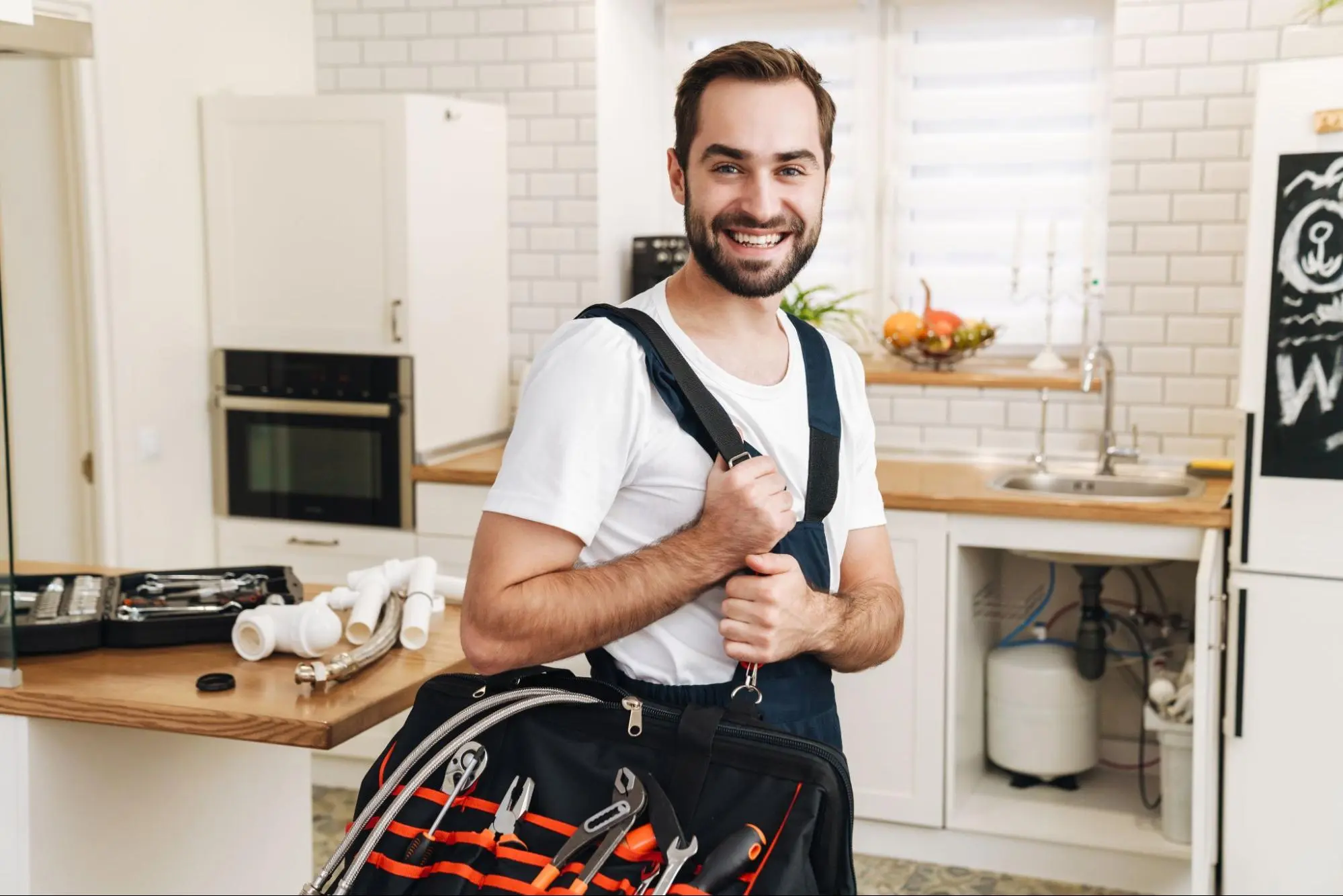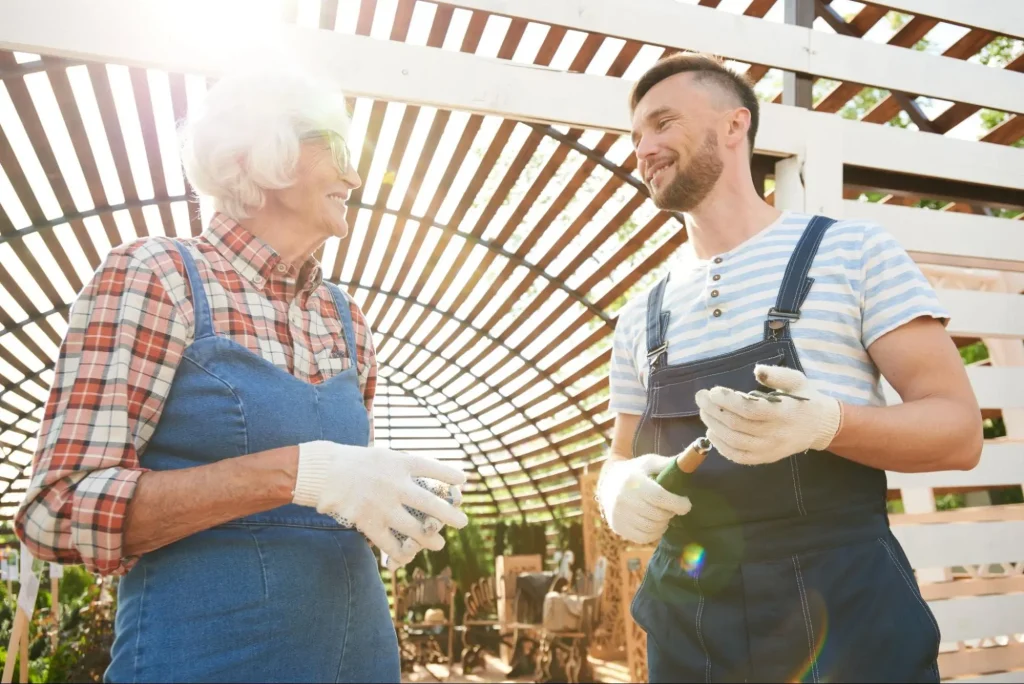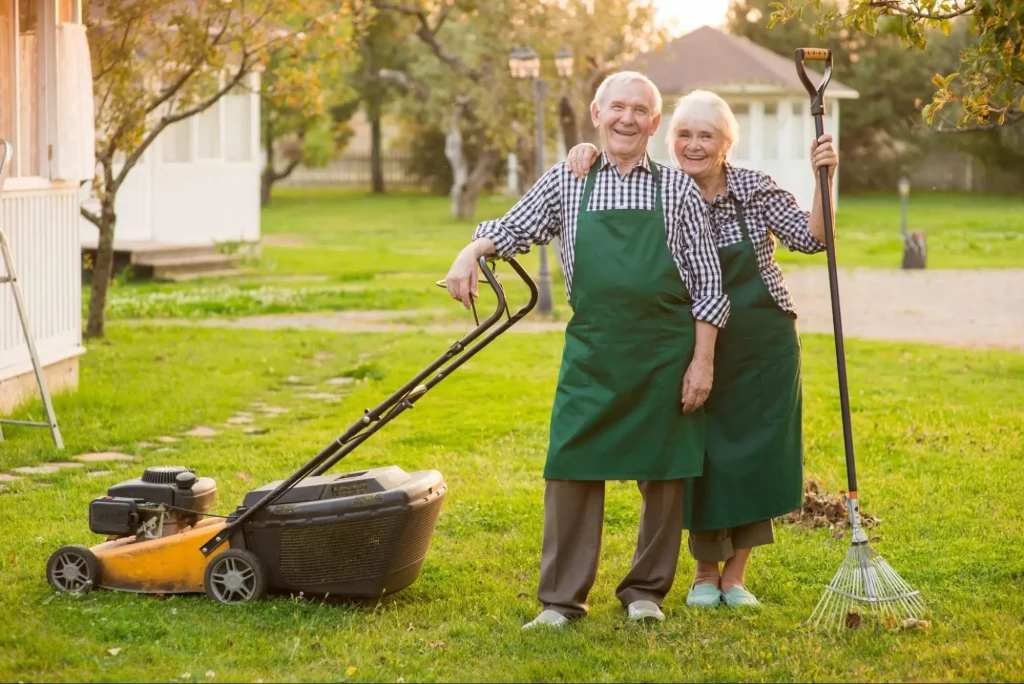
As the population ages, the concept of aging in place becomes increasingly important. Seniors often prefer to live in the comfort and familiarity of their own homes for as long as possible. However, staying at home can present challenges as one’s physical abilities change. Handymen play a crucial role in enabling seniors to live safely and independently. They can perform a range of modifications and repairs that reduce fall risks, enhance accessibility, and support seniors’ ability to perform daily tasks without undue strain.
Home modifications range from small-scale changes, like installing grab bars in bathrooms, to more comprehensive projects, such as widening doorways to accommodate mobility aids. Handymen can also assist with regular home maintenance tasks that may become difficult or dangerous for seniors to carry out themselves, such as gutter cleaning or fixing loose floorboards. Beyond providing services that ensure a safe living environment, handymen can also help seniors integrate technological aids that promote independence and facilitate communication with caregivers and loved ones.
When you envision your future, maintaining autonomy in your golden years is likely a priority. The concept of aging in place acknowledges this desire, providing a framework for you to live independently and safely in your own home as you grow older.
Aging in place refers to your ability to live in the residence of your choice, safely and independently, as you age. This idea isn’t just about comfort—it’s about empowering you to maintain control over your lifestyle and personal environment. Key elements include:
For many older adults, aging in place is synonymous with dignity and a higher quality of life.
The statistics speak volumes: the number of older adults preferring to live independently is significant. Independence as you age not only fosters a sense of achievement but also promotes better mental and physical health. To support this:
Your choice to age in place can ideally lead to a more fulfilling and comfortable lifestyle, solidifying its importance in an ever-aging society.

Your home can remain a haven as you age with the skilled support of handymen. They address common hazards and implement modifications that foster both safety and independence.
Handymen are trained to identify and fix potential risks in your home. They can install smoke detectors and carbon monoxide alarms to alert you to emergencies. Light fixtures are updated for better visibility, reducing the risk of accidents. Essential areas like bathrooms can be made safer with the addition of grab bars and non-slip flooring. For easier access, handymen can lower shelves and adjust cabinetry. Consider leveraging their skills to ensure seniors comfortably age in place.
Falls are a leading cause of injury among seniors, but many of these accidents are preventable with the help of a handyman. They can remove fall hazards such as loose carpeting and install double banisters for stairway support. Outdoor maintenance, including fixing uneven walkways and securing loose railings, is vital to prevent trips and falls. Consulting with a handyman can lead to tailored solutions that enhance your mobility and prevent potential injuries.

When planning for aging in place, certain modifications throughout the home can ensure safety and increase mobility for seniors.
The bathroom presents numerous safety challenges for seniors. Installing grab bars beside the toilet and in the shower area can help prevent falls. Consider a raised toilet seat to make sitting down and standing up easier. For showers and tubs, non-slip mats and a threshold ramp might be necessary for safe entrance and exit.
To accommodate wheelchairs or walkers, doorways may need to be widened for easier passage. Ramps should replace stairs at entrances, and handrails can assist in moving safely through the home. Every threshold should be considered, with ramps or flush entryways installed to eliminate trip hazards.
The kitchen should be a functional space that doesn’t hinder a senior’s ability to be independent. Lowering counters or ensuring sink and faucet controls are within reach can help, especially for wheelchair users. Remodeling may include pull-out shelves and drawers that offer easier access to utensils and groceries.
When aging in place, the goal is to maintain your independence and safety in your own home. Leveraging technology can be a game-changer in this respect. There are various assistivedevices designed to address daily challenges you might face, from operating doorknobs and door handles to managing light switches.
follow these steps to reset your tripped breaker:
Light Switches
By adopting these technologies, you can drastically reduce the barriers posed by traditional home fixtures, enhancing your ability to navigate and function in your personal space with confidence. Remember, a safe home environment is crucial to aging in place successfully and leveraging technology can be your ally in achieving this.
When you age, everyday tasks can become challenging due to physical limitations. This is where strategic home modifications and the expertise of handymen can be invaluable, ensuring you can navigate your living space safely and with ease.
Arthritis can make the simplest tasks, like turning a doorknob or using kitchen utensils, painful and difficult. Handymen can install lever-style door handles, which are easier to grip and require less force to turn. In the kitchen, D-shaped cabinet pulls and hands-free faucets can significantly reduce the strain on your joints.
For those with vision impairment, enhanced lighting is essential. Handymen can install brighter, more uniform lighting in hallways, staircases, and task areas to help reduce the risk of falls and make activities of daily living like eating and bathing safer. For example, motion-sensor lights that automatically illuminate the bathroom at night can be helpful.
Indulging in large-print labels and tactile markers on appliances can allow you to continue using them confidently. These modifications aid in distinguishing settings on microwaves, ovens, and thermostats, ensuring you maintain control over your environment.
As for your bathroom, a critical space for safety, handymen can secure grab bars next to the toilet and in the shower to support balance and prevent falls. Non-slip mats both inside the tub and on the bathroom floor can offer additional protection.
Remember, these adaptations not only make your home more accessible but also more comfortable, allowing you to live independently with confidence.

Proper home maintenance and modification play a crucial role in creating a safe environment for seniors choosing to age in place. By addressing these areas, you ensure both the longevity of the home and the safety of its occupants.
Home Maintenance: Regular check-ups and repairs are fundamental to keeping your home in top condition. This includes routine tasks such as gutter cleaning, checking for leaks, and maintaining heating and cooling systems. These actions prevent minor issues from becoming major problems that could compromise your home’s safety and comfort.
When considering home modifications for aging in place, enlisting professional help can provide a tailored approach to ensure your living space is safe and comfortable. Handymen, occupational therapists, and sometimes nurses collaborate to conduct thorough assessments and recommend impactful home fixups.
Occupational therapists (OTs) specialize in facilitating a safe and functional living environment for you. During an assessment, they will evaluate your daily activities in the context of your home’s layout and features. They bring a deep understanding of how health conditions can affect your ability to perform tasks and will recommend modifications that cater to your specific needs.
For instance, they might suggest installing grab bars in the bathroom, which can prevent falls, or adjusting the height of countertops to improve accessibility. OTs might also advise on lighting improvements, as bright environments help reduce the risks associated with diminished vision.
Handymen can then implement these recommendations, performing home fix-ups such as:
In some cases, a nurse’s input can be valuable, especially when home health care is needed. Nurses can assess medical equipment requirements and ensure that the home environment supports health care protocols.
Together, these professionals help tailor your home to your evolving needs, allowing you to live independently and with dignity. It’s about making your house work for you, ensuring every day is met with safety and ease.
Handyman services play a pivotal role in enabling you to maintain your independence and comfort in your own home as you age. By addressing safety concerns, skilled technicians from Kaminskiy Care and Repair ensure that your living space is adapted to meet your changing needs.
By engaging with Kaminskiy Care and Repair handyman services, you gain peace of mind, knowing that your home won’t just be a place to stay—it will be a secure and suitable environment for you to thrive in as you experience the golden years of life. Contact us today
This section addresses common inquiries about how handymen can contribute to safer living environments for seniors wishing to age in place.
Handymen can help with various modifications such as installing grab bars, widening doorways for wheelchair access, and adding ramps. Making bathrooms safer with walk-in tubs or shower seats is also crucial for preventing falls.
Common tasks include fixing loose tiles, securing wobbly railings, improving lighting, and maintaining heating and cooling systems to ensure comfort and safety throughout the year.
To find affordable and trustworthy services, check with local senior organizations for recommendations, read reviews, and verify that the handyman service is licensed and insured.